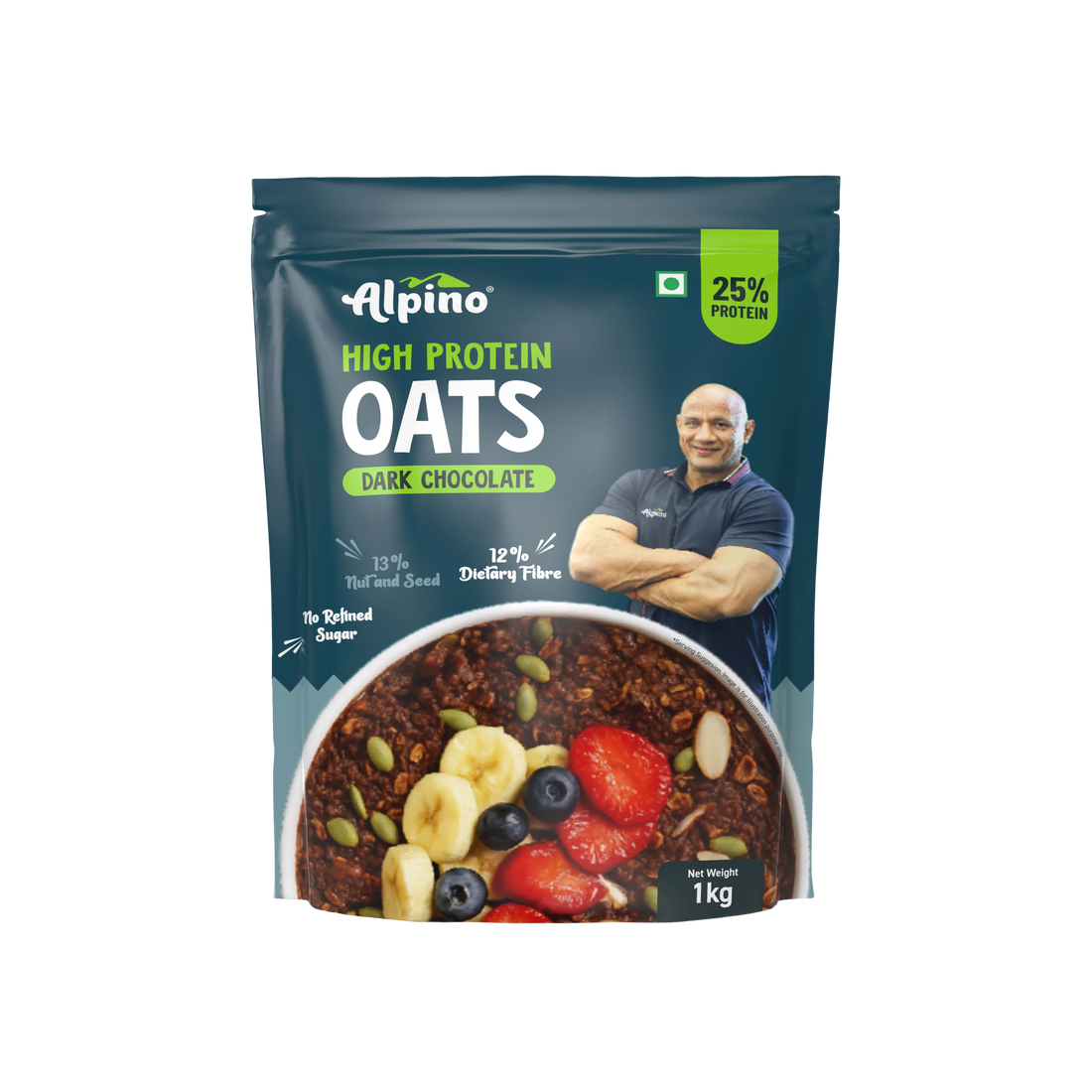Are you someone who has to monitor your sugar intake carefully? Do you feel like you constantly have to choose between taste and health when it comes to your food choices? Well, fear not, my fellow foodies, because today we're talking about the beloved spread that has been a staple in many households since childhood: peanut butter.
But wait, isn't peanut butter high in sugar and fat? How could it possibly be a good addition to a diabetic's diet? The truth is when consumed in moderation, and with the right kind of peanut butter, it can actually have some pretty great benefits for those with diabetes.
Diabetes is a chronic condition that concerns millions of people worldwide, and managing it requires careful attention to diet and lifestyle choices. A balanced diet is key in helping to regulate blood sugar levels, and that's where peanut butter comes in. It is loaded with protein and healthy fats and has a low glycemic index, so it won't induce a sudden spike in blood sugar levels.
However, not all peanut butters are created equal. Some are loaded with added sugars and unhealthy fats, which can do more harm than good. So, it's important to choose a natural peanut butter that doesn't contain any added sugars or hydrogenated oils.
With all that said, let's dive into how you can safely incorporate peanut butter into your diet and enjoy its deliciousness without compromising your health.
Understanding Diabetes and its Management
Diabetes is a chronic condition when the body cannot produce or properly use insulin, a hormone that regulates blood sugar levels. Without insulin, glucose (sugar) builds up in the blood, leading to health problems.

There are two main types of diabetes: type 1 and type 2. Type 1 diabetes is an autoimmune disease in which the body's immune system attacks the insulin-producing cells in the pancreas. In contrast, type 2 diabetes is often caused by lifestyle aspects such as poor diet and lack of exercise.
In people with diabetes, either the pancreas doesn't produce enough insulin (type 1) or the body becomes resistant to insulin (type 2), leading to high blood sugar levels. So, how does insulin play a role in diabetes management? Insulin helps move glucose from the blood into the body's cells, which can be used for energy.
Managing diabetes involves a combination of lifestyle changes and medications. Diet is a key component of diabetes management, as certain foods can cause blood sugar levels to spike. Eating a balanced diet rich in whole foods, lean protein, and healthy fats can help regulate blood sugar levels. Exercise is also important, as it helps to enhance insulin sensitivity and lower blood sugar levels.
In addition to diet and exercise, medications such as insulin injections, oral medications, and non-insulin injectables may be prescribed to help manage diabetes. It's important to work with a healthcare team to understand the best course of treatment for your individual needs.
One of the most important facets of diabetes management is monitoring blood sugar levels. This can be done with a glucose meter, which measures the amount of glucose in a small drop of blood. By keeping track of blood sugar levels and making adjustments to diet and medication as needed, people with diabetes can help to prevent complications and maintain good health.
The Benefits of Peanut Butter for Diabetics
Who knew that peanut butter could be a diabetic's best friend? It turns out that this beloved spread has some pretty amazing benefits for those with diabetes. Let's dive in and discover why!
First off, let's talk about the nutritional benefits of peanut butter. Peanut butter is packed with protein and fiber, which can help keep you feeling full and satisfied for longer periods. This can be particularly beneficial for people with diabetes, as it can help prevent blood sugar spikes when you're feeling hungry.
But that's not all - peanut butter is also rich in healthy fats, including monounsaturated and polyunsaturated fats. These types of fats have been shown to improve heart health by reducing cholesterol levels and decreasing the risk of heart disease. This is particularly important for people with diabetes, as they are at a higher risk of heart disease compared to the general population.
So, how does peanut butter help to regulate blood sugar levels? Well, it has a low glycemic index, which means it doesn't cause a sudden spike in blood sugar levels. This can be attributed to the fact that it contains healthy fats, protein, and fiber, which help slow down glucose absorption into the bloodstream.
In fact, studies have shown that consuming peanut butter can improve overall blood sugar control in people with type 2 diabetes. One study found that consuming peanut butter with breakfast led to lower blood sugar levels throughout the day compared to a breakfast without peanut butter.
Of course, it's important to keep in mind that not all peanut butters are created equal. Some brands contain added sugars and unhealthy fats, which can negate the potential health benefits. It's important to choose a natural peanut butter containing no added sugars or hydrogenated oils.
Choosing the Right Peanut Butter
You already know that not all peanut butters are created equal, especially when it comes to managing your blood sugar levels. But fear not, because we've got the low-down on how to choose a peanut butter that's both delicious and healthy for diabetics.

First things first, when it comes to peanut butter, natural is the way to go. Avoid those conventional peanut butters that are packed with added sugars, hydrogenated oils, and preservatives. Instead, opt for a peanut butter that contains only peanuts and perhaps a pinch of salt. Sounds too good to be true? It's not! Alpino peanut butter is made with all-natural ingredients, meaning you don't have to stress about any of those harmful additives.
But why is Alpino peanut butter a better choice for people with diabetes? Well, for starters, it has low sugar content, so you don't have to worry about unwanted spikes in blood sugar levels. Plus, it's high in fiber, which can help regulate blood sugar levels and promote feelings of fullness, which is especially important if you're trying to manage your weight.
And let's not forget about taste! Alpino peanut butter is not only a healthier choice but also a delicious one. Whether you're spreading it on toast, adding it to smoothies, or eating it straight from the jar (we won't judge!), Alpino peanut butter is sure to satisfy your cravings without compromising your health.
Incorporating Peanut Butter into Your Diabetes Diet
Incorporating peanut butter into your diabetes diet can be a tasty and healthy addition to your meals. Here are some tips to help you do it safely and deliciously:
- Choose natural peanut butter: Look for natural peanut butter options that do not contain added sugars, oils, or preservatives. Alpino peanut butter is a great choice as it is made with only natural ingredients and has low sugar content.
- Portion control: Even though peanut butter is healthy, it is high in calories and fat. Therefore, portion control is key. Aim for 1-2 tablespoons per serving to avoid any spikes in your blood sugar levels.
- Use it in your breakfast: Peanut butter can be a great addition to your breakfast. You can spread it on whole-grain toast, mix it into your oatmeal or yogurt, or add it to a smoothie.
- Snack on it: Peanut butter is a great snack option, filling and satisfying. Pair it with apple slices or celery sticks for a delicious and healthy snack.
- Use it in baking: Peanut butter can be a great addition to your baking recipes. Add a tablespoon or two to your favorite cookie or muffin recipe for extra protein and flavor.
Incorporating peanut butter into your diabetic diet can be a delicious and healthy way to manage your blood sugar levels. Remember to choose natural peanut butter, watch your portion sizes, and get creative with your meals and snacks. With these tips in mind, you can enjoy peanut butter's benefits while managing your diabetes safely and deliciously.
Conclusion
Congratulations! You're now a peanut butter pro! You've learned all about the benefits of peanut butter for diabetics, how to choose the right one, and even some delicious ways to incorporate it into your meals.
Remember, not all peanut butters are created equal, so it's important to choose one that's healthy and beneficial for diabetics. Alpino peanut butter is a great choice as it's made with natural ingredients, has a low sugar content, and is packed with fiber and protein.
So why not give Alpino peanut butter a try? Your taste buds and your health will thank you! With these tips and the right peanut butter in your pantry, you'll be on your way to a delicious and healthy diabetic diet in no time.


















